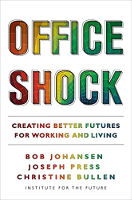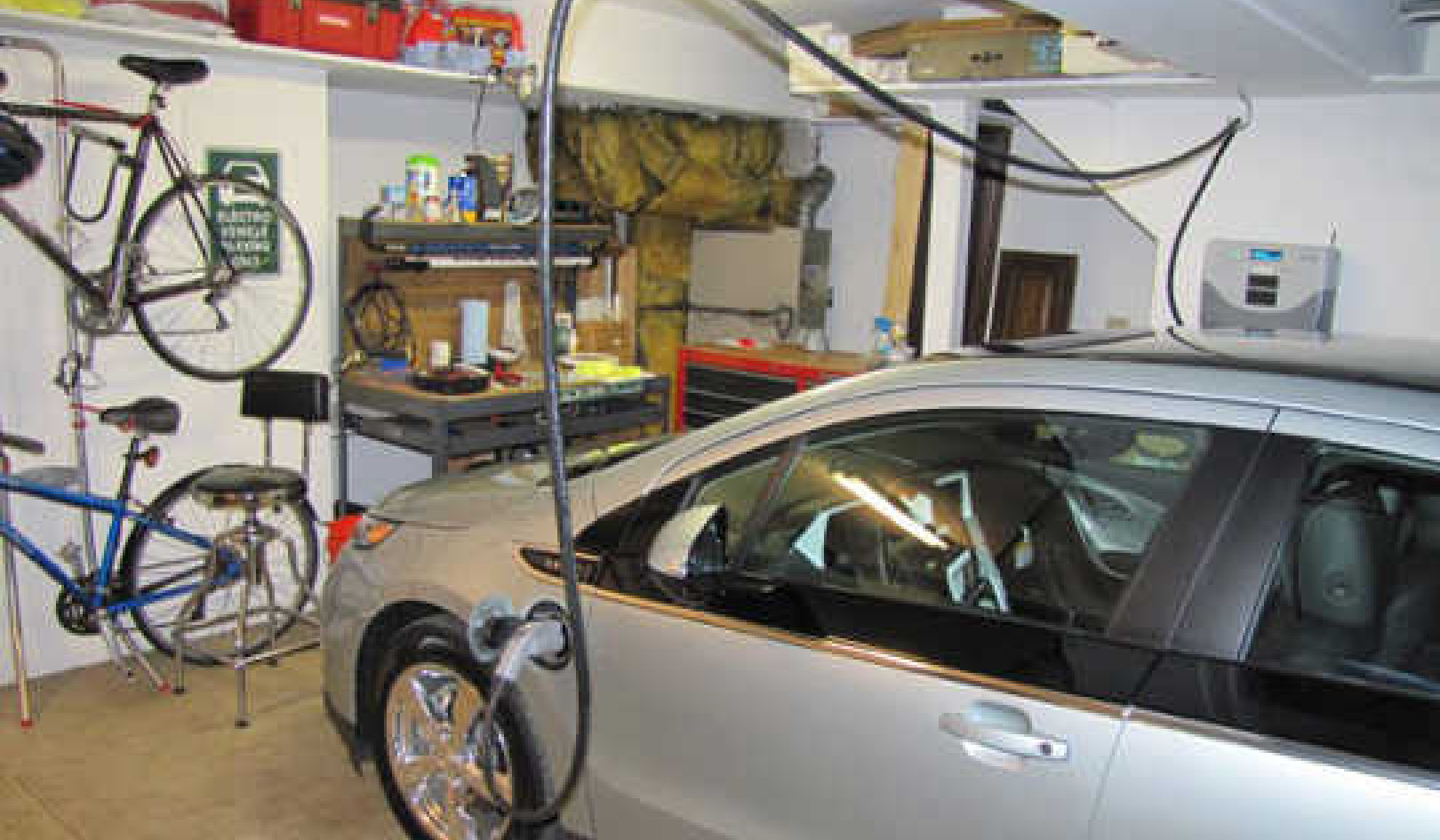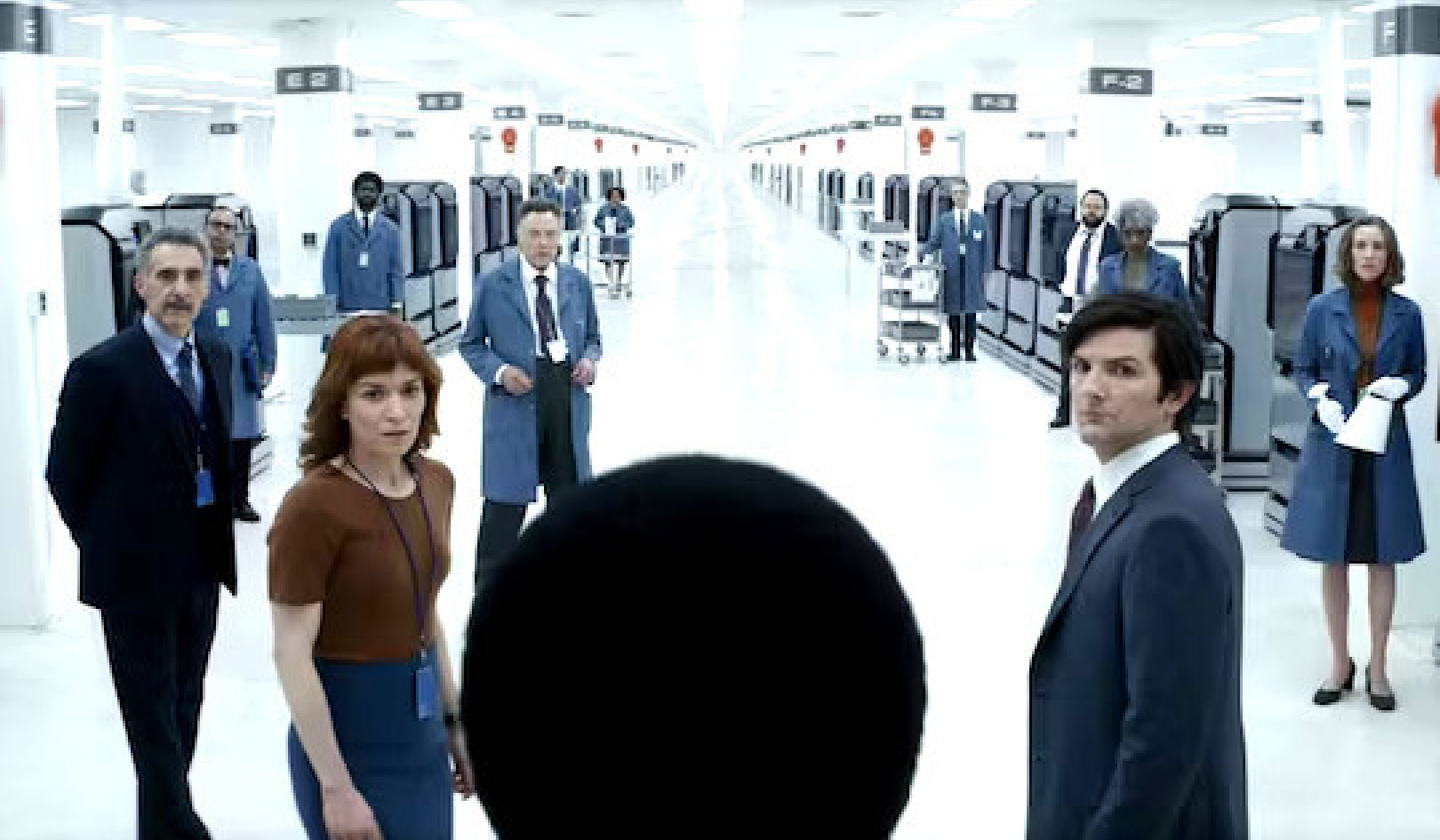
Image by Stefan Keller
The present is so noisy.
In times like these, thinking futureback — future, next, now — is much more revealing than thinking only present-forward.
Think about the FUTURE, then what’s NEXT, and then your choices in the NOW.
Mindfulness can be virtuous, but not if you’re stuck in the now. Are you stuck in the noisy present? Do you feel owned by its pressures and polarities? If so, you need futureback thinking. Looking futureback will help you find clarity so you can be very intent but very flexible about how you’ll get there.
You can be clear, but you can’t be certain.
Stuck in Linear Time?
Many people today are stuck in linear time — stuck thinking now, next, future. They’re locked unconsciously in what neuroscientists call “the eternal now.” Thinking only present-forward means that you’re blinded by unexamined labelling and categorizing. The unprecedented seems impossible.
Present-forward thinking keeps you in cautious lockstep and hides any futures that you can’t imagine. We need to move from thinking present-forward to thinking future-back.
Surprisingly, looking 10 years ahead is easier than just a year or two ahead. For example, thinking futureback from 10 years ahead, it’s obvious that sensors will be everywhere, they’ll be very cheap, many of them will be connected, and some of them will be in our bodies — and the bodies of our pets. Already, many people wear body sensors like smart watches that track biometrics.
Ten years from now, most people who want one and can afford it will be wearing a body sensor, and many people will have embedded body sensors. Looking futureback, it’s obvious that sensors will be everywhere in the office and the officeverse. The direction of change regarding sensors is clear when you think futureback, even though the implications aren’t.
Finding Clarity on Complex Choices
Futureback thinking can yield clarity on these complex choices so conscientious leaders can walk the path toward a more inclusive and prosperous future reality. Choosing where to participate and how to succeed in this post-pandemic time of office shock raises profound questions for all organizations.
Futureback thinking reveals the need for a shift toward more prosperity and community benefit — not just shareholder value or profitability. Making a better future will require imagination to define the new norms emerging in the post-pandemic, inequitable world grappling with climate crises.
Using futureback thinking will inspire the creation of new stories with narratives of a shared journey to a more equitable economy, delivering social as well as financial value to the members of the communities we serve.
As more young people enter the workforce, they’ll challenge current office practices concerning racial justice, gender equity, and climate impacts. They’ll bring their own values into the workplace and create more office shock. Only by employing futureback thinking now can organizational leaders prepare for the impact of these young workers.
The Answers to Our Problems
Just before the outbreak of COVID-19, Thomas L. Friedman wrote a column, in the New York Times, called “The Answers to Our Problems Aren’t as Simple as Left or Right: The Old Binary Choices No Longer Work.” Friedman quotes Institute for the Future executive director Marina Gorbis when she says:
“The answer is not socialism and abandoning markets, but a vibrant state that can use taxes and regulations to reshape markets in ways that redivide the pie, grow the pie, and create more public wealth — mass transit, schools, parks, scholarships, libraries and basic scientific research — so that more individuals, start-ups and communities have more tools to adapt and thrive.”
More clarity on what’s needed will enable better alignment with our aspirations, both individually and collectively. Offering more meaningful opportunities will trigger a shift in how work is distributed. This shift can potentially open new opportunities to traditionally marginalized groups who have better knowledge of how to best contribute to the prosperity of their community.
Questions to Ask Yourself
As you begin thinking futureback, ask yourself these questions:
-
How might you re-imagine your personal story with a futureback view?
-
What are the desired results or outcomes — both individual and social — that you’re seeking?
-
Who will be obtaining value from the outcomes of your work and the work of your organization?
Copyright ©2023. All Rights Reserved.
Reprinted with permission.
Book by these Authors
Office Shock: Creating Better Futures for Working and Living
by Bob Johansen, Joseph Press, Christine Bullen  “Office shock” is an abrupt, unsettling change in where, when, how, and even why we work. In this visionary book, three prominent futurists argue that the office is both a place and a process—offices and officing—with a new range of choices, including what they call the emerging officeverse.
“Office shock” is an abrupt, unsettling change in where, when, how, and even why we work. In this visionary book, three prominent futurists argue that the office is both a place and a process—offices and officing—with a new range of choices, including what they call the emerging officeverse.
Traditional offices were often unfair, uncomfortable, uncreative, and unproductive. This book explores how to seize this great opportunity to transform office work.
Click here for more info and/or to order this paperback book. Also available as a Kindle edition and as an Audiobook.
About the Authors
Bob Johansen, a Distinguished Fellow at the Institute for the Future, is a sociologist focused on top leadership in shape-shifting organizations. Joseph Press is a workplace architect, experienced digital transformation advisor and design futurist dedicated to designing better futures. Christine Bullen is an information systems professor who pioneered the critical success factor method and the strategic application of IT to business management. All of the authors are associated with the Institute for the Future. Their new book, Office Shock: Creating Better Futures for Working and Living (Berrett-Koehler Publishers, Jan. 17, 2023), shares how to prepare for the emerging officeverse. Learn more at http://officeshock.org.























